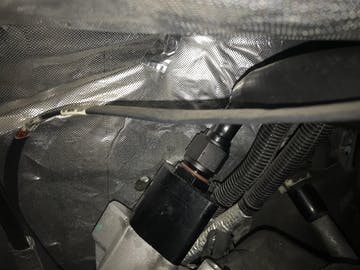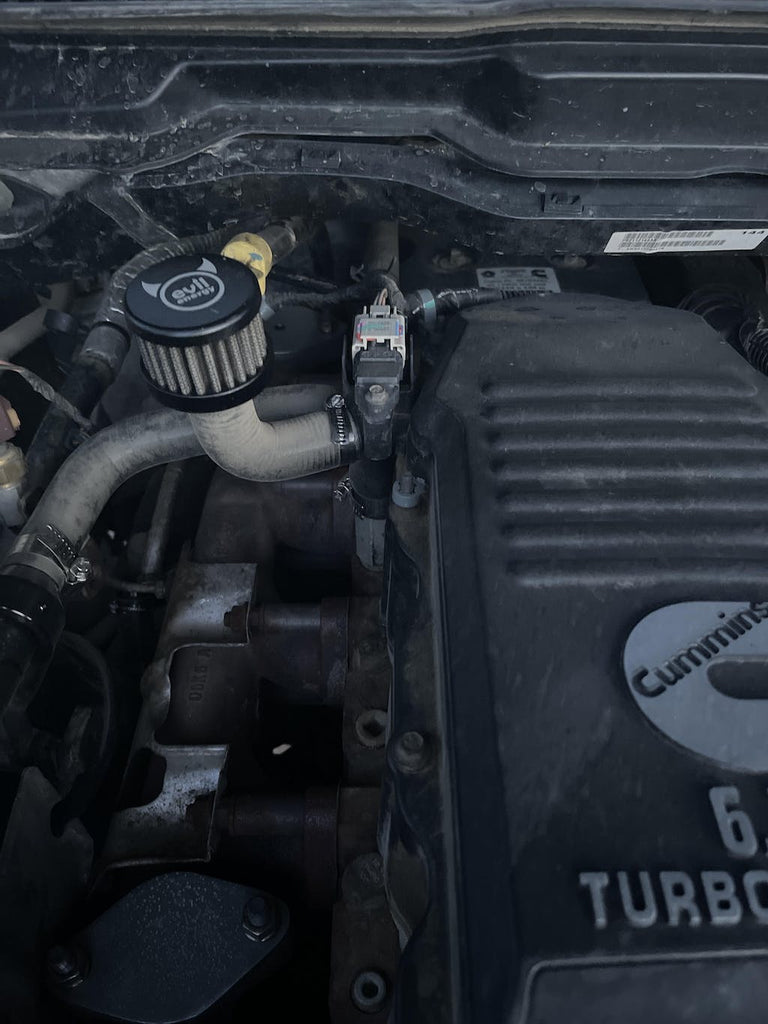What Is CCV
Author: SPELAB Mechanical Engineer (focusing on car modification for 10 years)
According to statistics conducted in the U.S, about 69 million vehicles break down yearly, which is proportional to one out of three vehicles. This is to notify us that proper car maintenance is paramount to how well it lasts and how it can be less faulty. Cars often have diverse issues, but a prominent issue requiring expertise is dealing with combustion engines. Once the exhaust delivered by a gasoline vehicle is often dark and irregular, the car sure needs a proper checkout. The engine of a vehicle incorporates lots of gases derived from the fuel to support combustion; however, there are high chances when unwanted gases seep into the combustion engine, thereby disrupting the mechanism of operation to cause breakdown; this is where CCV (crankcase ventilation system) comes in. A crankcase Ventilation system is a tube or valve that eliminates or regulates any form of gas emission from the crankcase of a vehicle combustion engine. If your vehicle constantly deprives you of enough power projection while in motion or emits thick black oil during a check-up, then you sure need a CCV filter. CCV aims to remove any form of unwanted crankcase pressure that is hazardous to the health of your automobile. You don't need to be a mechanical engineer to understand how to take good care of your automobiles; sometimes, all it takes is just simple tips on what to do.

The use of Crankcase ventilation is traced back to the mid-20th century. It was noticed that the homogenous mixing of the oil in the crankcase compartment and the blow by from the combustion chamber causes a thick form of pollution from the exhaust pipe, causing a fatal environmental hazard and also affecting the mobility and durability of the vehicle. The CCV filter was then manufactured to curb this disorder. Previous modifications to stop the blow-by proved ineffective. Examples of such changes are Gaskets and seals. Drivers used them before the advent of CCV, but they couldn't eliminate the blow-by but only reduce its intensity.
Having understood the operation dynamics of the Crankcase ventilation system, you must know precisely where you should locate it in your vehicle. The CCV is often situated in the valve cover around the crankcase air inlet and outlet. This particular location is where the regulation of the gases occurs. So the CCV detects if the engine requires more pressure and reroutes it to the engine, and if it is overbearing, it releases it into the atmosphere.
Despite the benefits of CCV, there are fake forms of it which we will advise you to look out for. How do you know if a CCV is fake? When your car starts giving black smoke, or if the engine misfires at will or you notice an increased oil usage or wet spark plugs, then be wary of such a CCV kit. At SPELAB, we offer only the best and most durable CCV you can imagine. A test of our product will convince you of our authenticity and reliability to refer others.
Types of CCV filter
Just like we have diverse forms of food that we can ingest through the same route, we also have different types of CCV that perform similar functions. Before delving into the kinds of CCV, we should understand the term "CCV reroute" as we will use it often. The CCV reroute helps to prevent the backflow of oil droplets back into the crankcase, thereby preventing the formation of sludge (oil residue) in the engine.
The SPELAB CCV reroute kit incorporates the other forms of CCV. For instance, it incorporates the 6.6 Duramax CCV reroute, the 6.7 Powerstroke CCV reroute, and the 6.7 Cummins CCV reroute. What differentiates them is the CCV filter and Liters that can be processed for each CCV reroute.
- 6.6 Duramax CCV reroute:Used by a 6L vehicle to filter and reroute the pressure level of the crankcase tank to the average level. A typical example is the Duramax 6.6, which optimises this CCV's use.
- 6.7 Powerstroke CCV reroute:Used by a 6.7L diesel engine to filter the gas and maintain the pressure gauge. According to technicians, it performs the same function as all CCV reroutes but is encouraged to be replaced after every 65,000 miles.
- 6.7 Cummins CCV reroute:It's also used by a 6.7L diesel engine but differs from the Powerstroke in that after filtering the gases, it helps to recycle the gas back into the intake engine for reuse. However, Just like the 6.7 Powerstroke CCV reroute, you should replace it after 67,500 miles, according to the Chrysler factory.

Why should you change your CCV?
- To optimize engine performance:Any vehicle's engine is the heart of the vehicle, and you should treat it as a delicate organ. Once you frequently encounter engine breakdown, there's a high probability that the CCV is malfunctioning and requires a change. As I stated before, there are fake varieties of CCV, and I also gave tips on detecting them. After you must have gone for a complete check-up for your vehicle, it always turns out that you can view the poor performance of the engine from the bad state of the CCV system. A good store to get a functional and durable CCV kit is SPELAB.
- To Prevent oil residue (sludge) or leakage:This is an excellent indicator to notice that the CCV system is faulty and requires a replacement. Once you notice frequent oil leakage or thick dark Oil formation, the CCV system isn't working to its full potential. The primary function of the CCV system is to prevent oil spillage or contaminants into the engine. The CCV filter component sometimes gets blocked and allows pressure to build while damaging the car engine.
- To avoid high idling speed:when there's a blockage to the filter, it can affect the acceleration and mode of speed called high idle. It also connotes a replacement of the CCV system.

You must also ensure that a car engineer will diagnose the vehicle well to detect if it is genuinely affected by the CCV system. Once discerned, another factor you should consider is purchasing a quality CCV system kit and affordability. This is where SPELAB kits feature in. SPELAB store is the home of various CCV kits that are affordable and tested to be durable based on reviews from clients. We offer virtually any range of kits you so desire that fits the personality of your vehicle. Check out the store using the highlighted link below SPELAB CCV/PCV Reroute Kit . A trial of our product will surely convince you of the best.
FAQs
Q1: What is a CCV system?
A1: A CCV (Crankcase Ventilation) system is designed to vent gases from the engine's crankcase and prevent them from being released into the atmosphere.
Q2: Why is the CCV system important?
A2: The CCV system reduces emissions, prevents oil leaks, and improves engine performance by maintaining optimal crankcase pressure.
Q3: How does the CCV system work?
A3: It uses valves and filters to route crankcase gases back into the intake manifold to be burned in the combustion process.
Q4: What are the common issues with CCV systems?
A4: Common issues include clogged filters, faulty valves, and oil leaks, which can lead to reduced engine performance and increased emissions.
Q5: How often should the CCV filter be replaced?
A5: The CCV filter should typically be replaced every 20,000 to 30,000 miles, depending on driving conditions and manufacturer recommendations.
Q6: Can a faulty CCV system affect engine performance?
A6: Yes, a faulty CCV system can cause poor engine performance, increased oil consumption, and higher emissions.
Q7: What are the benefits of using a high-quality CCV kit?
A7: High-quality CCV kits provide better filtration, improved engine performance, and longer system life.
Q8: Is it possible to delete the CCV system?
A8: Yes, some choose to delete the CCV system, but it can lead to increased emissions and potential legal issues.
Q9: How can I troubleshoot CCV system issues?
A9: Troubleshooting involves checking for clogged filters, inspecting valves, and looking for oil leaks around the crankcase.
Q10: Are there any maintenance tips for the CCV system?
A10: Regularly inspect and replace the CCV filter, ensure the valves are functioning properly, and check for any signs of oil leaks or blockages.







